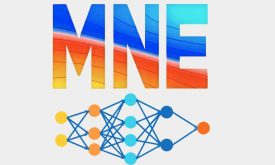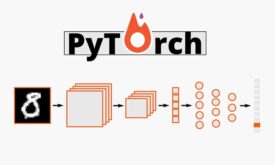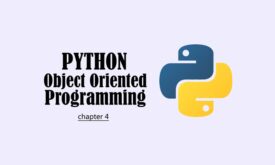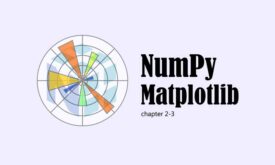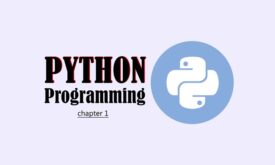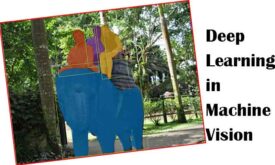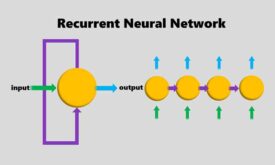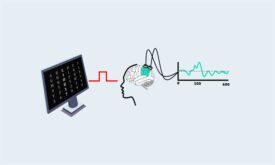[su_note note_color="#69cdea" text_color="#0d0f0e" radius="15"]عنوان انگلیسی مقاله: EEG classification for motor imagery and resting state in BCI applications using multi-class Adaboost extreme learning machine [/su_note]
[su_note note_color="#69cdea" text_color="#0d0f0e" radius="15"]عنوان فارسی مقاله:کلاسبندی EEG برای حالت تصوری حرکتی و حالت استراحت در کاربردهای BCI با استفاده از ماشین یادگیری گسترده ی Adaboost چندکلاسه[/su_note]
Abstract
Brain-computer interface (BCI) systems provide an alternative communication and control approach for people with limited motor function. Therefore, the feature extraction and classification approach should differentiate the relative unusual state of motion intention from a common resting state. In this paper, we sought a novel approach for multi-class classification in BCI applications. We collected electroencephalographic (EEG) signals registered by electrodes placed over the scalp during left hand motor imagery, right hand motor imagery, and resting state for ten healthy human subjects. We proposed using the Kolmogorov complexity (Kc) for feature extraction and a multi-class Adaboost classifier with extreme learning machine as base classifier for classification, in order to classify the three-class EEG samples. An average classification accuracy of 79.5% was obtained for ten subjects, which greatly outperformed commonly used approaches. Thus, it is concluded that the proposed method could improve the performance for classification of motor imagery tasks for multi-class samples. It could be applied in further studies to generate the control commands to initiate the movement of a robotic exoskeleton or orthosis, which finally facilitates the rehabilitation of disabled people.
چکیده:
سیستمهای رابط مغز و کامپوتر(BCI [1]) یک ارتباط جایگزین و روش کنترل را برای افراد از طریق عملکرد حرکتی محدودشده فراهم می آورند. بنابراین، روش استخراج ویژگی و کلاسبندی باید حالتِ نسبتا غیرمعمولِ مفهوم حرکت را از حالت استراحت معمول جدا کند. در این مقاله، روش جدیدی را برای کلاسبندی چندکلاسه در کاربردهای BCI را دنبال میکنیم. سیگنالهای الکتروانسفالوگرافی (EEG[2]) رجیسترشده توسطِ الکترودهای قرارداده شده در کل جمجمه در طول تصور حرکت دست چپ، تصور حرکت سمت راست، و حالت استراحت برای 10 سابجکت انسانی سالم، را جمع آوری کردیم. استفاده از پیچیدگی Kolmogorov را برای استخراج ویژگی و کلاسیفایر Adaboost را بهمراه ماشین یادگیری گسترده ی مبتنی بر کلاسبندی را جهت کلاسبندی نمونه های EEG سه کلاسه پیشنهاد میکنیم. دقت متوسط کلاسبندیِ 79/5 درصدی برای 10 سابجکت بدست آمد، که تا حد زیادی با استفاده از این روش ها نتایج بهتری داشت. بنابراین، میتوان نتیجه گرفت که روش پیشنهادی میتواند عملکرد را برای کلاسبندی تسک های تصوری حرکتی برای نمونه های چندکلاسه، بهبود دهد. این روش میتواند در مطالعات آینده برای تولید فرمان های کنترلی برای مقدارده ی اولیه ی حرکتِ اسکلت خارجی و یا ارتزها[3] اعمال شود، که در نهایت توانبخشیِ افراد معلول را تسهیل میکند.
[1] Brain-computer interface [2] electroencephalographic [3] orthosisرشته: مهندسی پزشکی موضوع: پردازش سیگنالهای حیاتی(EEG) سال انتشار: 2016 کلمات کلیدی مقاله: Brain-computer interface، motor imagery، Adaboost extreme learning machine تعداد صفحات مقاله: 8 صفحه

